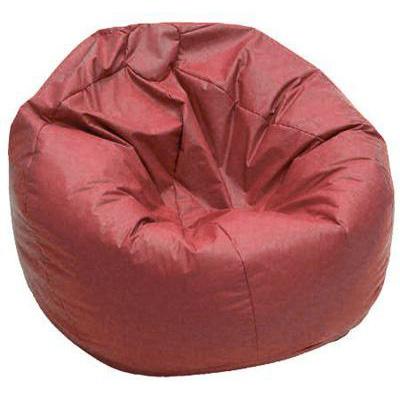This experiment is called LTM AB RSVP.
In this experiment, you will have to remember some items and perform a simple attention task. You will need to do 20 blocks of this task, each of which takes about 2 minutes. The first block will be considered practice, so don't feel too much pressure! It should take about 45 minutes total. Please take a few short breaks along the way! Make sure you adjust your screen brightness if the presentation is too bright or dim for you to perform the task.
There will be three parts to each block.
Memorization Task
In the first part of each block, you will see a series of objects that you will have to remember because you will be tested on them later. On each trial you will see an object for 2 seconds, which you should commit to memory. Here is an example of an object:

Attention Task
In the second part of each block, you will perform an attention task. In this task, you will be looking for two targets in the center of the screen, which will be presented in a stream of visual noise distractors. These items will be presented very quickly, so be ready!!! The first target will be an object embedded in noise like this:

This target will be preceded by and followed by visual noise distractors, which will look something like this:

After a few distractors, the second target will appear. The second target will be a turned visual grating embedded in noise:

The visual grating will be turned either counterclockwise or clockwise from vertical, and will also be followed by distractors. At the end of each trial, you will report which of two images you saw in that trial using the "z" and "x" keys and which direction the target was turned using the "m" and "n" keys - as outlined in the instructions that you'll see when you get to that task. You may recognize some of these objects from the first part of the experiment.
Here is an example of the task, with the first trial slowed down (so you can see everything that is presented) and the second trial at full speed. Feel free to watch the video a couple times to get familiar with the presentation!
Memory Test
In the third (and final) part of each block, you will be presented with two images and asked to report which of the images was also presented in the Memorization task at the beginning of the block:

Your job is simply to report whether you saw each image in the first part of the block using the "m" and "n" keys - as outlined in the instructions that you'll see when you get to that task.
You will perform 20 blocks, which will include each of these tasks in this order. At the end of the experiment, you will be asked to answer a few demographic questions and get the opportunity to give some feedback. Thank you for participating!
UNIVERSITY OF CALIFORNIA, SAN DIEGO
CONSENT TO ACT AS A RESEARCH SUBJECT
Viola Störmer, Ph.D., is conducting a research study to find out more about attention, memory and vision. You have been asked to participate because you are a healthy young adult. There will be approximately 1500 participants in this study this year. The expected duration of the study is 10 years, though your participation will last only between 3 minutes and 90 minutes, with the exact expected timing listed in the task description.
PROCEDURES. If you agree to participate in this study by accepting this agreement and continuing in the task, the following will happen to you:
1. You will be shown displays of letters, words, or pictures, right here in your web browser.
2. You will try to perceive and remember these stimuli, and respond by pressing keys or moving and clicking the mouse in a manner that we will describe to you.
RISKS. You will be required only to continue to interact with your web browser and make responses for a short duration. Thus, no potential risks or discomforts are anticipated except for the possibility that some tasks may be slightly boring. However, there may be risks that are currently unforeseeable.
PAYMENT/REMUNERATION. In consideration of your time, you will receive payment at the rate described through the recruitment system, in either course credit or monetary renumeration. Compensation will range from $0.60 (for a 3 min task) up to as much as $20 (for a task that takes 90 min), with rates between $8/hr and $12/hr. The exact payment rate for this task is provided in the task description.
RIGHTS. You may call the UCSD Human Research Protection Program at 858-246-HRPP to ask about your rights as a research subject or to report research-related problems.
BENEFITS. There will be no direct benefit to you from these procedures. However, the investigator may learn more about basic questions pertaining to attention, memory and vision. This knowledge may have benefits to society in fields ranging from improving education to visual design, but these benefits will be indirect.
EXPLANATION. The researcher has explained this study to you and answered your questions. If you have questions about the research or research-related problems, including any adverse events, you may reach Dr. Timothy Brady at timbrady@ucsd.edu or 858-822-4530.
VOLUNTARY NATURE OF PARTICIPATION. Participation in research is entirely voluntary. You may refuse to participate or withdraw at any time without penalty. The alternative to participation is to choose not to participate.
CONFIDENTIALITY. Research records will be kept confidential to the extent allowed by law. As with all research, there is also the possibility of loss of confidentiality. Information from participants such as yourself will be identified by a subject number, which is not associated with your identity, by the researchers, to minimize the potential loss of confidentiality.
By clicking the button below, you are indicating that you are at least 18 years old, have read this consent form and agree to participate in this research study. Please print a copy of this page for your records.






